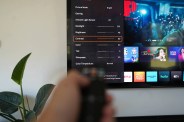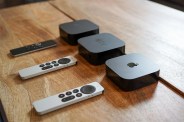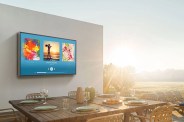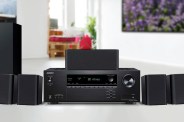You don’t have to be all that old to remember when terms like bigscreen and flatscreen were almost holy adjectives when applied to television sets. Go back to the 1990s, and cathode ray tube TVs — of the curved faces, thick glass and thick, boxy proportions — were still the norm. Any TV with a display more than 36 inches across qualified as big, for most Americans; if you had one both big and flat, odds are good your house was the one all the folks in the neighborhood wound up at for the Super Bowl.
But to paraphrase the old Virginia Slims ads, TVs have come a long way, baby. The maturation of new display technologies — first plasma screens, then LEDs, then OLEDs — means televisions have become sharper and sharper as years have gone by. Constant, Moore’s Law-esque increases in both internet bandwidth and computing power have enabled companies to cram even more components into smaller bodies, and to pipe higher-quality content straight through to your face. Walk into a Best Buy today, and you’ll probably have to ask for help looking for a new set if you want one less than three feet across or that doesn’t offer 4K.
While average TV size has started to level off (around 55 inches, in case you were curious), the technology beneath those black mirrors has continued to evolve. Samsung’s Neo QLED TVs, for example, debuted in 2021; The latest model, the QN900B revealed at CES early in 2022, was a significant enough upgrade to pick up an Innovation Award Award Honoree title at the show that year — so it only seemed right to put it through its paces.
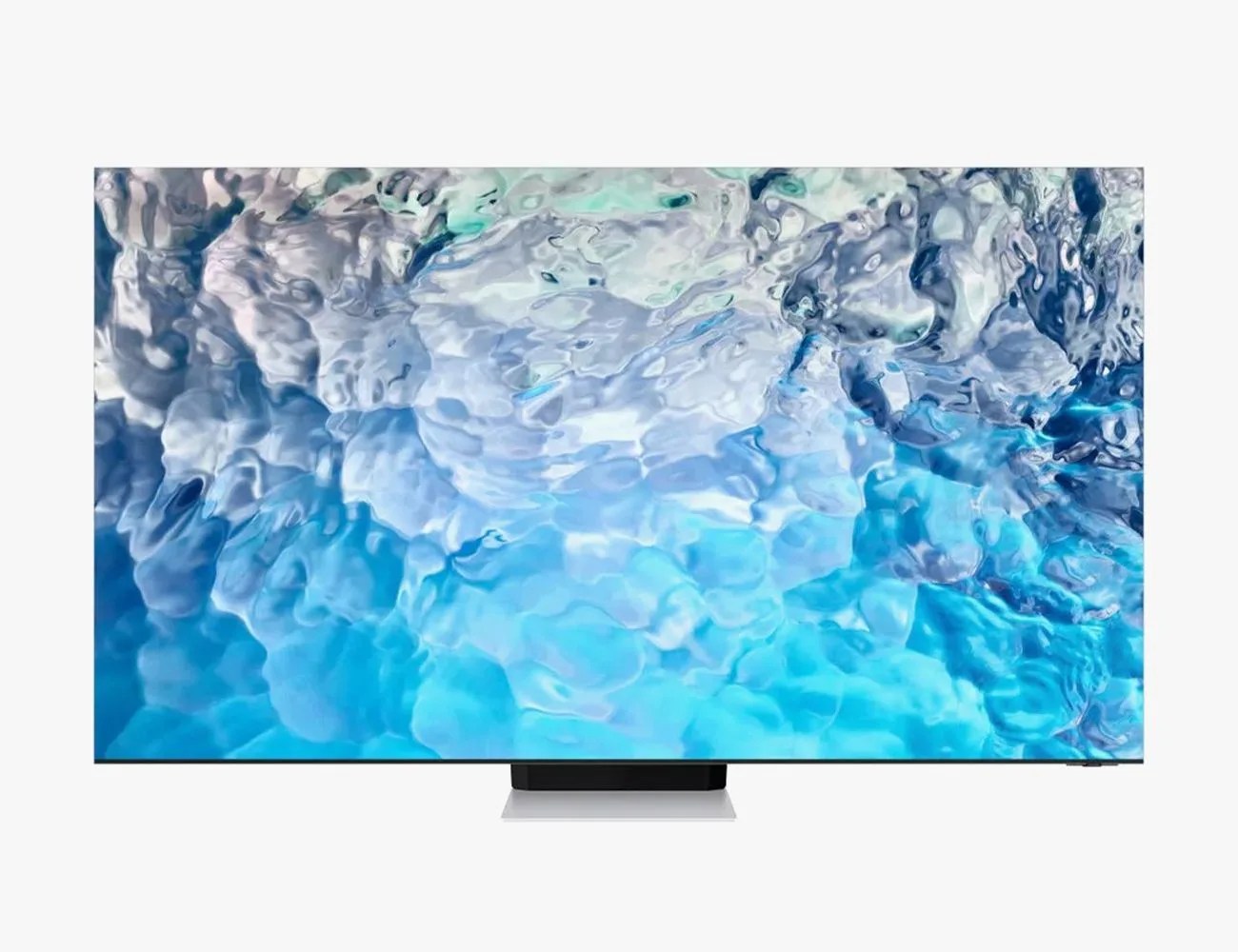 Walmart
Walmart65-Inch QN900B QLED 8K Smart TV
Pros
- Looks like a work of art
- Stunning picture quality
- Packing more tech than Tony Stark's garage
Cons
- You're paying big bucks for 8K, but content is hard to find
- You'll definitely want a separate sound system

